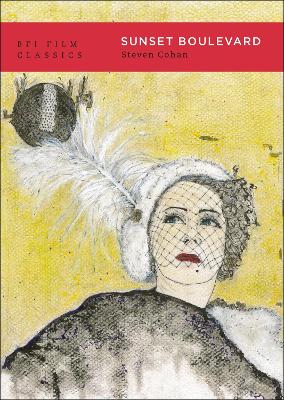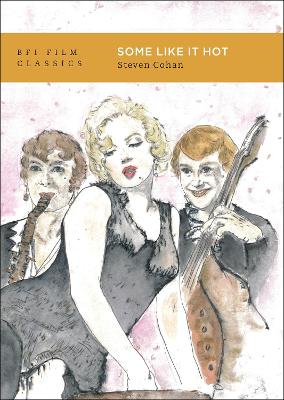BFI Film Classics
2 total works
Billy Wilder's Sunset Boulevard was a critical and commercial success on its release in 1950 and remains a classic of film noir and one of the best-known Hollywood films about Hollywood. Both its opening, with William Holden as the screenwriter Joe Gillis floating facedown in ageing star Norma Desmond's (Gloria Swanson) pool, and lines such as 'I am big, it's the pictures that got small' are some of the most memorable in Classical Hollywood cinema.
Steven Cohan's study of the film draws on original archival research to shed new light on the film's production history, and the contribution to the film's success and meanings of director Wilder, stars Holden and Swanson but also supporting actors Erich von Stroheim, Nancy Olson (who plays Betty Schaefer), Cecil B. DeMille, and Hedda Hopper, as well as costumier Edith Head, and composer Franz Waxman. Cohan considers the film both as a 'backstudio' picture (a movie about Hollywood) and as a film noir, and in the context of McCarthyism, blacklisting and the Hollywood Ten.
Cohan explores how the film was marketed, its reception and afterlife, tracing how the film is at once a product of its own particular historical moment as the movie industry was transitioning out of the studio era, yet one that still speaks powerfully to contemporary audiences, and speculates on the reasons for its enduring appeal.
Billy Wilder's classic screwball comedy Some Like it Hot (1959), starring Jack Lemmon, Tony Curtis and Marilyn Monroe, tells the story of two struggling Jazz musicians who accidentally witness a mob massacre in Chicago who then, disguised as women, join a female band to escape the gangsters' pursuit. Despite the film's popular reception, with Academy Award nominations for Wilder and star Jack Lemmon, the film gained notoriety for its crossdressing plot and gender-bending comedy.
Steven Cohan's study of the film disentangles its production history and subsequent notoriety from the film itself, reconsidering the ways in which it playfully challenged generic and gender conventions of the 1950s. He provides an in depth analysis of the film's near perfect comedic structure, Wilder's aesthetic choices and self-reflexive star performances by Curtis, Lemmon and Monroe.
He goes on to consider the film's queerness, as well as its promotion and reception in 1959. Contextualizing the film within its contemporary moment, he argues its textual richness, one that allows it to be viewed differently across generations, securing its lasting influence in popular culture.

